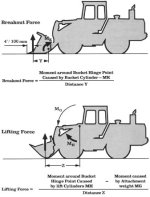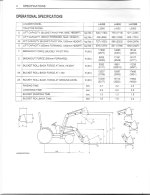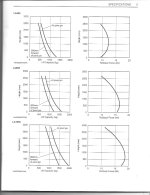I think some of you missed the issue, which was does your tractor lift more or curl more (lets say at ground level). As I recall, my Massey's both curled more than they would lift but this tractor is the reverse.
I am aware of hydraulic cylinders have more power and speed in one direction over the other but that is not relevant to this question, since there are 2 different cylinders being referred to and both are being used in one direction.
As dodge man pointed out, I was using pallet forks for this operation but I have the same experience when digging into piles of material using the bucket. The curl function is weaker than the lift function. I see some of you have the same experience with your tractors and some are the reverse. What I really find odd is that 4570man says his Kubota will curl more than it will lift and my Kubota is the reverse.
Any one have a link to source that gives a definition of "breakout force"? I have looked and can't find a definitive description or how it is calculated. I chased this once before and I thought I found a source that indicated "breakout force" was the maximum weight (at the bucket edge) that could be curled at ground level.



